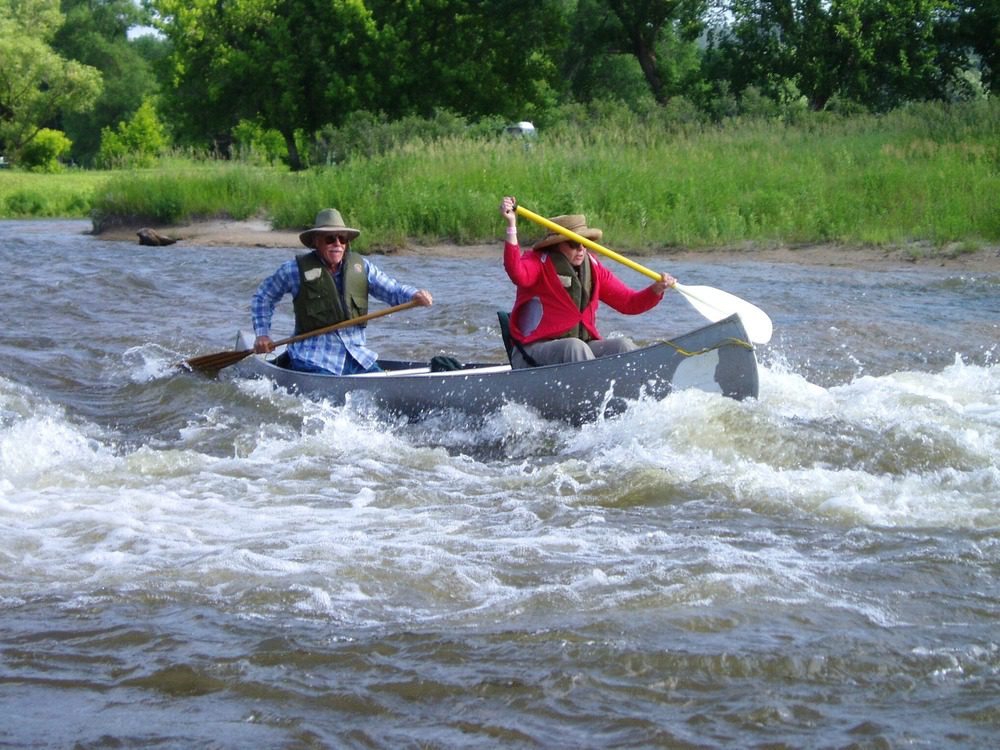A few fun facts about the Cornhusker state:
- It’s the birthplace of Kool-Aid
- It has a lighthouse – but no ocean
- The site of the Columbian mammoth fossil – the largest fossil on display
Rolling, burnt brown wheat fields sit next to rows of corn, stretching for miles.
A brisk breeze cuts through the acres upon acres of this heartland breadbasket, creating a welcoming rustling soundtrack that is as American as Chuck Berry and college football.
Indeed, one would be hard-pressed to find a more uniquely American region than the upper Midwest, and a more uniquely Americana state than the Cornhusker State: Nebraska.
For thousands of years, the area we know as Nebraska was inhabited by native tribes, including Omaha, Missouria, Ponca, Pawnee, and Lakota Sioux. The state was frontier before farmland, free and untamed territory in the center of the westward expansion of European and later American settlers.
Nebraska’s story is one of exploration, struggle, and conflict. Its welcoming aesthetic conceals a toughness of spirit and a sometimes harshness of nature that can be symbolic of this part of the country. Nebraska’s wild streak makes the Great Plains a special place to live and visit.
Below are some can’t-miss spots along the way through the 37th state in the union:
Agate Fossil Beds National Monument: This park is located near Harrison, Nebraska, at the Agate Fossil Beds National Monument. Paleontologists in the early 20th century discovered a veritable treasure trove of ancient Miocene mammal fossils, which had previously only been found in disparate fragments throughout the area.
At the same time as early explorers and researchers were making their grand discovery, three miles to the west, rancher James Cook was inviting a group of special guests into his home: the great Oglala Lakota Chief Red Cloud and his warriors. This budding friendship would lessen tensions in the region between native people and the ever-growing white settler population. It would be vital to preserve some of the most important indigenous artifacts from the period in the gifts passed from Red Cloud to James Cook. These gifts, including the famous peace pipe from the Fort Laramie treaty negotiations, are still on display for all to see. Visitors can get it all in one: ancient fossils and recent American history!
Homestead National Historical Park: This national park preserves a site and time that changed the world. In 1862 The Homestead Act was passed, essentially ceding around 270 million acres of public land to use and settlement by private citizens. The rallying cry became “free land!” and about ten percent of the country would eventually head west in search of their piece of the American Dream. Often called one of the most critical pieces of legislation in United States’ history, the Homestead Act remade the country and set in motion the events that would lead to decades of conflict with Native American tribes of the west, and eventually the westward expansion to the Pacific. Sea to shining sea, indeed. History buffs will love this national park!
Niobrara National Scenic River: Drop into this national park for fun in the sun and water!
76 miles of the free-flowing river make for a recreational paradise at the Niobrara National Scenic River site. Float the river in a tube, canoe, or kayak and enjoy the sights and sounds of rural Nebraska. Make sure to stop at Smith Falls, the tallest waterfall in the state!






